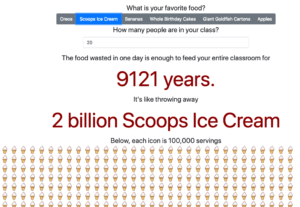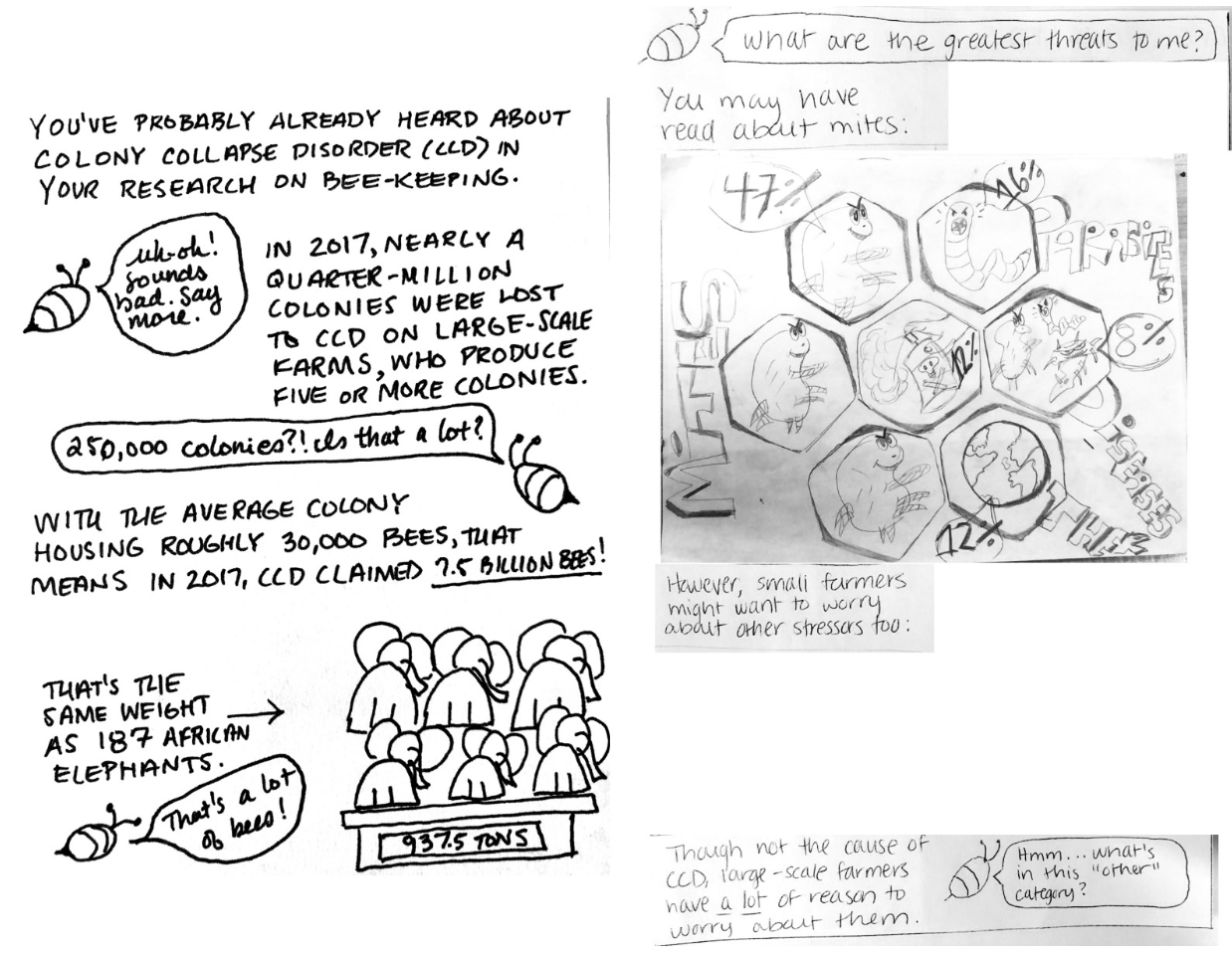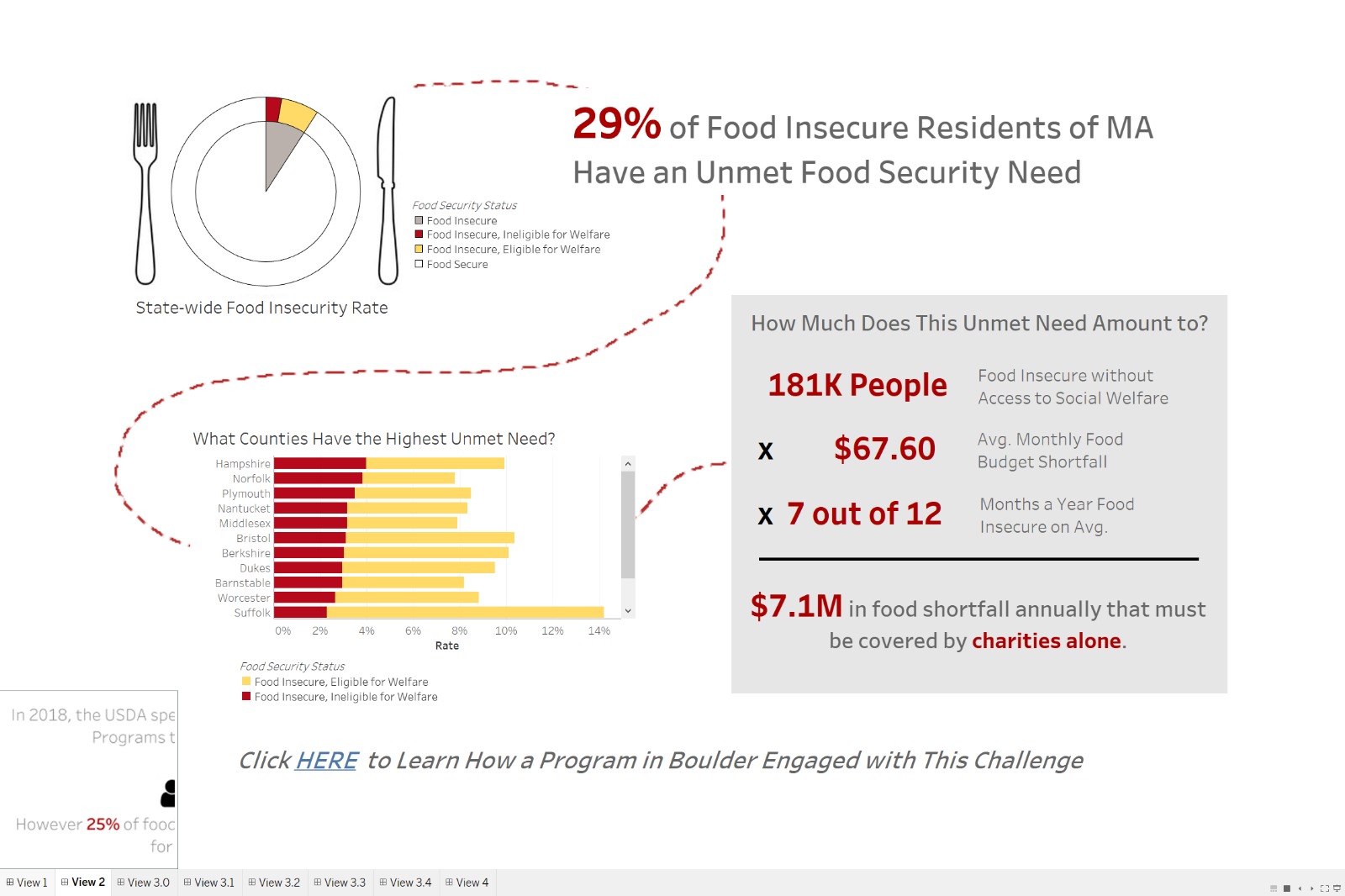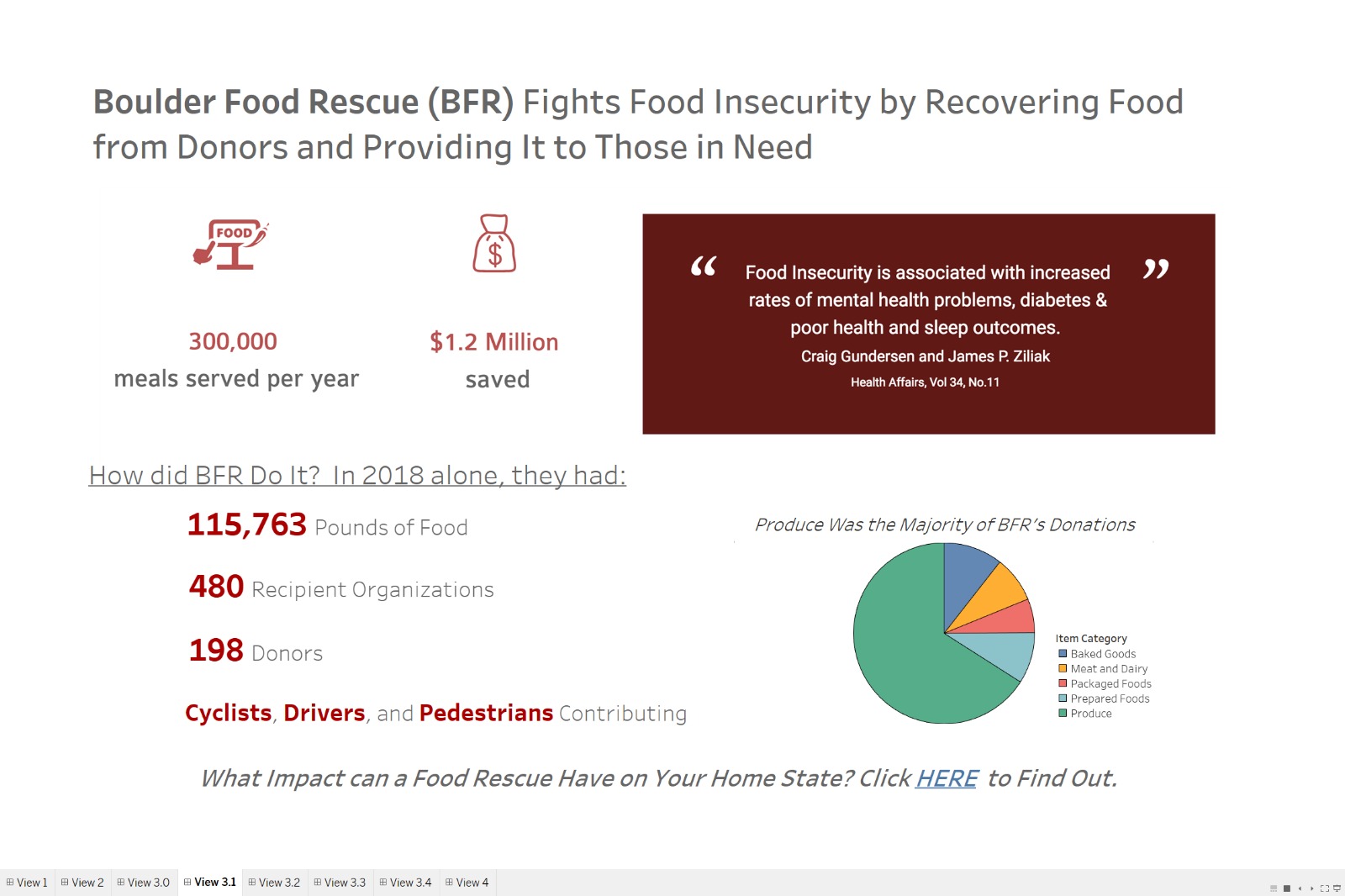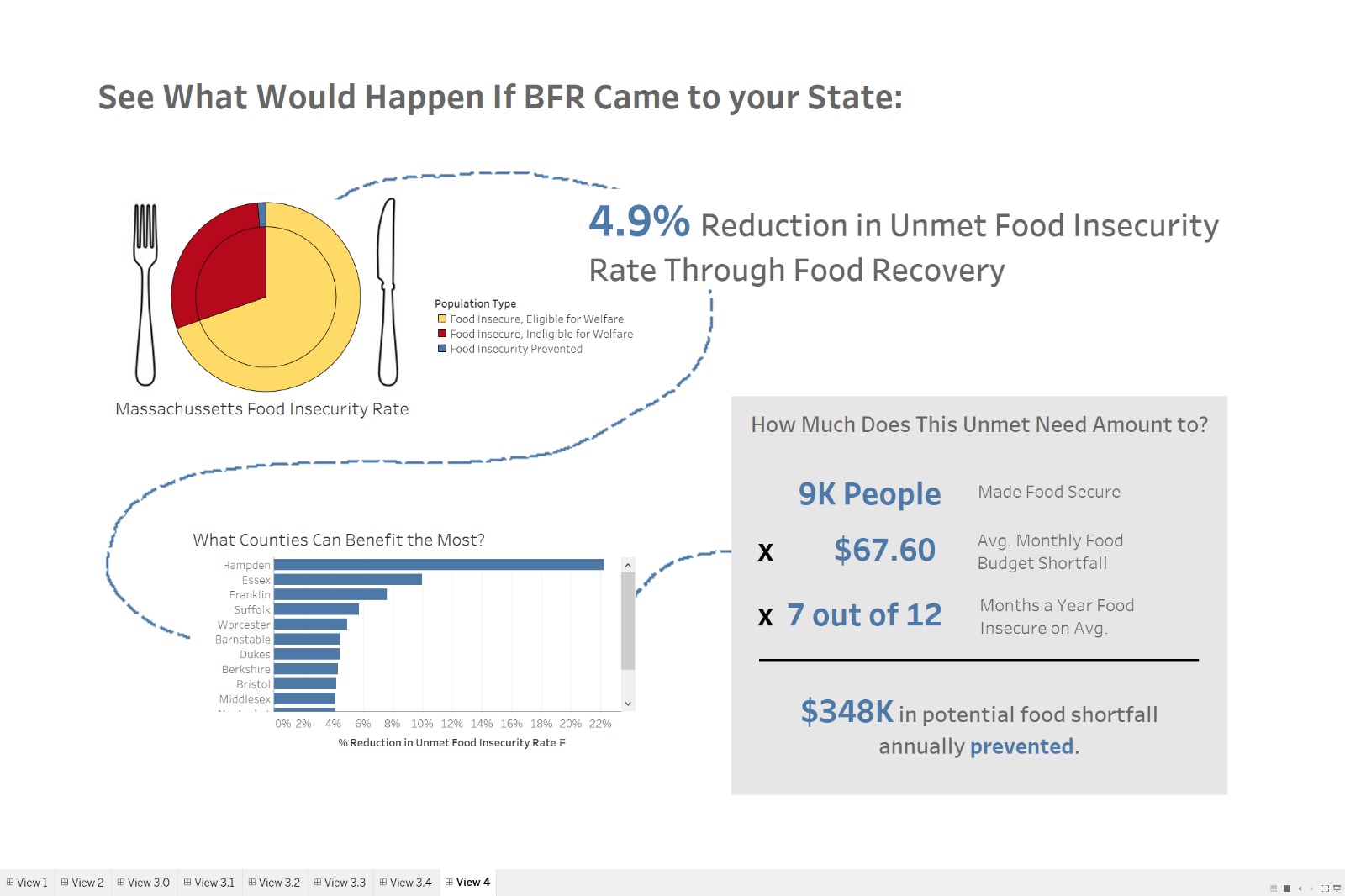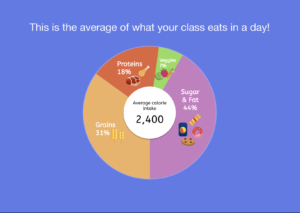Team Member Names: Zhu Shikun, Theresa Machemer, and Michael Rieker
Audience of the story: government officials and policy makers in North Dakota
Our goal: improve the overall health of honeybees and develop healthy farmer/beekeeper relationships, which will lead to better agricultural, honey production, and pollination results.
Who we are in the story: we are part of a honey bee advocacy group, and we are members of the Honey Bee Health Coalition. We secured a short meeting with their board to talk about the economic benefits of bee health.
Context of the story: We are presenting to the Economic Development Foundation of North Dakota, a board of their state government. More specifically, this is a meeting in North Dakota’s capital building, and we are discussing legislation with policymakers and head environmentalists.
Link to the presentation:
https://docs.google.com/presentation/d/1_XnFRfQMA0xmcTtTzFRbu0tbcwyBZp5GsfZJhoL3HeQ/edit#slide=id.g524761fe51_1_0
The Story:
When considering what we would do for our first sketch, we ended up choosing to work with the bee data. After analyzing the bee colony and honey yield data, the next step was trying to determine a story that we could tell using this data. Bees, the honey they produce, and their relationship with agriculture are an important story because one-third of the food we eat depends on bees and other pollinators.
Our first thought was to split the data up into three geographic regions and see how honey production and bee health differed among those regions. The three regions were the Pacific Northwest, Southeast, and the Midwest. The Pacific Northwest included Washington, Oregon, Idaho, Montana, and Wyoming. The Southeast included North Carolina, South Carolina, Tennessee, Florida, Georgia, Alabama, and Mississippi. The Midwest included Illinois, Indiana, Iowa, Kansas, Michigan, Minnesota, Missouri, Nebraska, North Dakota, Ohio, South Dakota, and Wisconsin. When comparing the data exploration for each of the regions, we realized that something about the Midwest really stood out.
We realized that North Dakota produces the most honey in the United States and has been doing so for many years. North Dakota is also the largest exporter of bees for the purpose of pollination. Our group analyzed features such as number of honey producing colonies, yield per colony, honey stocks, and the price of honey. We believe that most of these features would be suitable proxies for bee health. North Dakota also ranks first in the production of flaxseed, canola, durum wheat, all dry edible beans, all dry edible peas, spring wheat, honey, lentils, sunflowers, barley and oats. Flaxseed, canola, dry edible beans, and sunflowers are all pollinated by bees.
The data for North Dakota was very surprising as no one in our group knew this information beforehand. This led us to performing a lot of research about North Dakota beekeeping and how it affects the United States. More specifically, we learned about the problems that the beekeeping industry is currently experiencing and what can be done to address these issues. The focus of our presentation is bringing up these problems and showing the effects that they can have on the economy, agriculture, and consumers. We are advocating for more assistance to mitigate these issues in the best way possible. This involves a more sustainable relationship between farmers and beekeepers that will lead to better overall bee colony health.
The data used for this project came from USDA honey bee surveys (honey production and colony health), the Honey Bee Health Coalition Website, and the Bee Culture website. The USDA surveys helped us to come up an initial analysis of the situation and allowed to provide evidence of the importance of North Dakota and the problems associated with the U.S. beekeeping industry. The Honey Bee Health Coalition is composed of numerous organizations, agencies, researchers, and beekeepers that seek to improve the conditions of the honeybee. The coalition provided much more detail about the situation at hand and helped us to gain a better understanding of what is being done to help the bees.
When considering how to present the data, we opted for mostly traditional charts and graphs considering our audience and the type of meeting we are having to present the data. Creative charts also worked for some of the statistics that we wanted to emphasize. We felt that a PowerPoint would work well for this scenario, given that it is representative of a meeting with policymakers. We used graphics to show comparisons and relationships between different states and honey production related variables. This is effective because it enabled us to differentiate North Dakota from other states in a way that was simple, yet very descriptive. For the presentation itself, we first wanted to highlight the importance of North Dakota in the bee industry, and then second, present the problem to the stakeholders and its impact on the world around us. We then propose some potential solutions and next steps that can be taken to improve the plight of the bees. Finally, the presentation goes into the impact of these solutions and corrective actions. We also included numerous supporting slides that can be used to address questions from the policymakers or to go into further detail about the beekeeping situation.
It’s important to note that we could definitely have used data to support other pieces of the sketch, but we will be focusing on the main parts of the project for this turn-in.
——————————————————————————————————————
REFERENCES:
- https://www.agweb.com/article/honey_bee_health_report_cites_multiple_factors_for_bee_disappearance/
